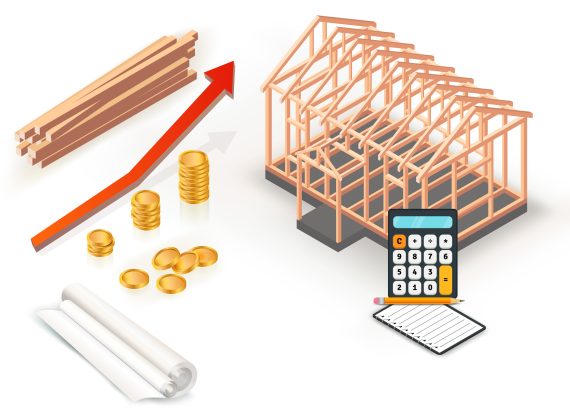Economics 101: Why Are Lumber Prices Soaring?

Even if you don’t buy lumber on a regular basis, you’ve probably heard about the huge price increases over the past year. In some cases, lumber prices have doubled or even tripled. Why has the price of wood skyrocketed? The answer can be found in any Economics 101 textbook: supply and demand. Indeed, over the past few months, demand for lumber has risen dramatically, but supply has failed to keep up.
The surge in demand for lumber is mainly due to the pandemic. The stay-at-home rules, the cancelled vacations, and the overly generous financial aid doled out by the federal government (which inflated household savings) prompted many to renovate their homes, pushing up demand for these materials. That’s not to mention the swell in new home construction, which requires large quantities of lumber.
As for supply, in 2019, the forest industry made their predictions for lumber consumption trends for the following year. They forecasted “moderate growth” in the demand for lumber in 2020, and then prepared accordingly. Thus, sawmills were caught off guard when faced with the sharp rise in lumber demand. The supply chain was further disrupted by lockdowns, when mills had to shut down for extended periods of time, creating a backlog. Even after reopening, production facilities have only been able to operate at reduced capacity due to social distancing rules.
A shortage of this kind due to an imbalance between supply and demand, also known as “excess demand,” causes upward pressure on the price of the good concerned—which is just what we’ve seen with the price of lumber over the past year.

